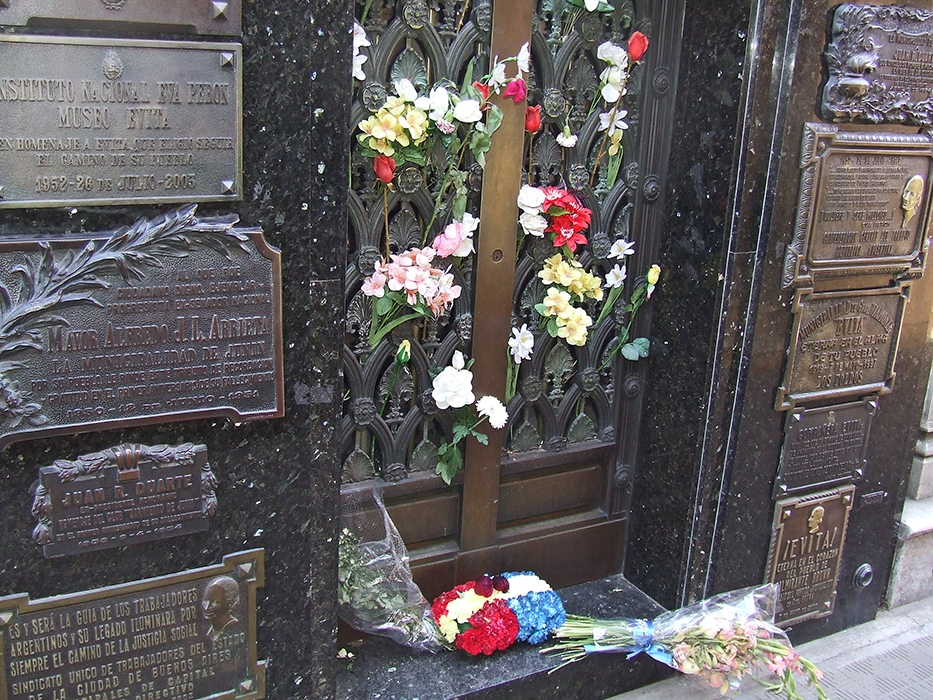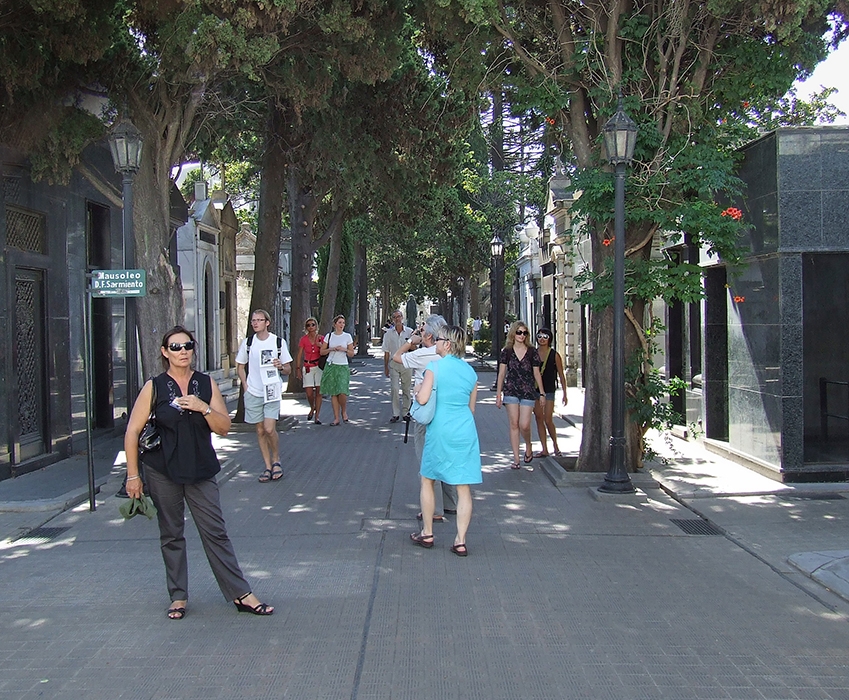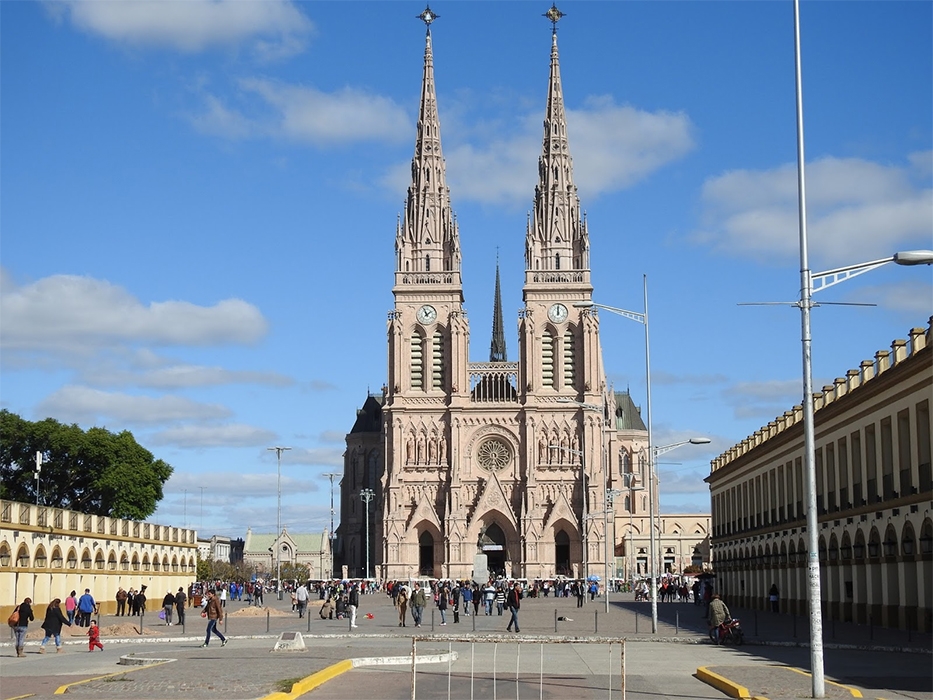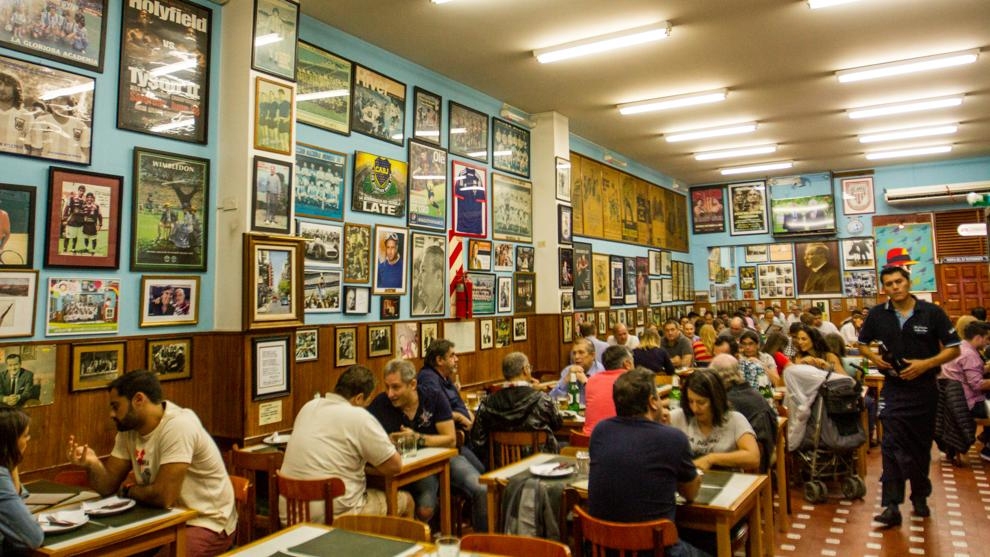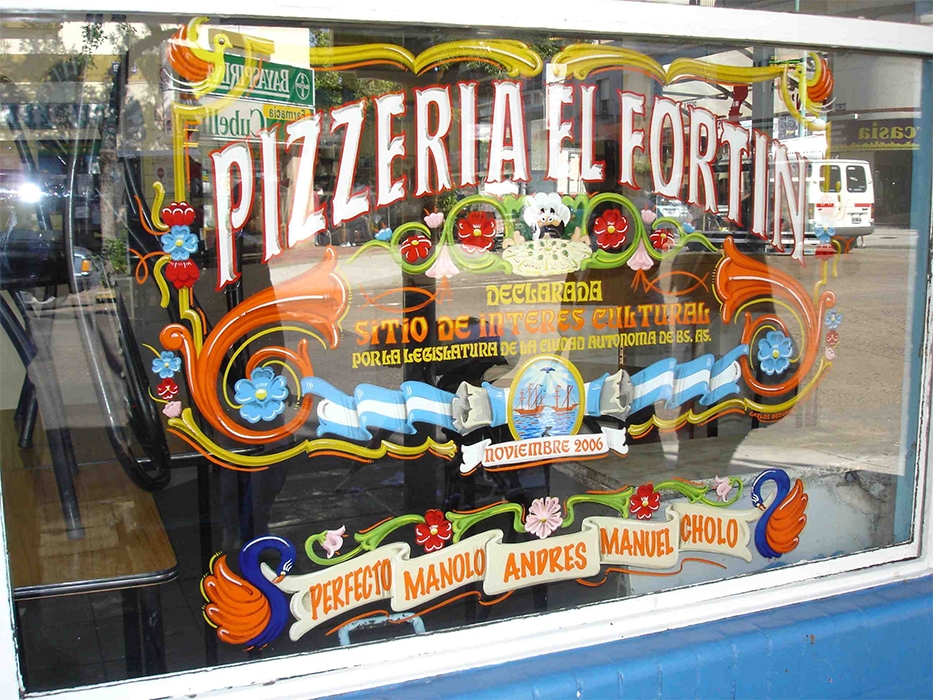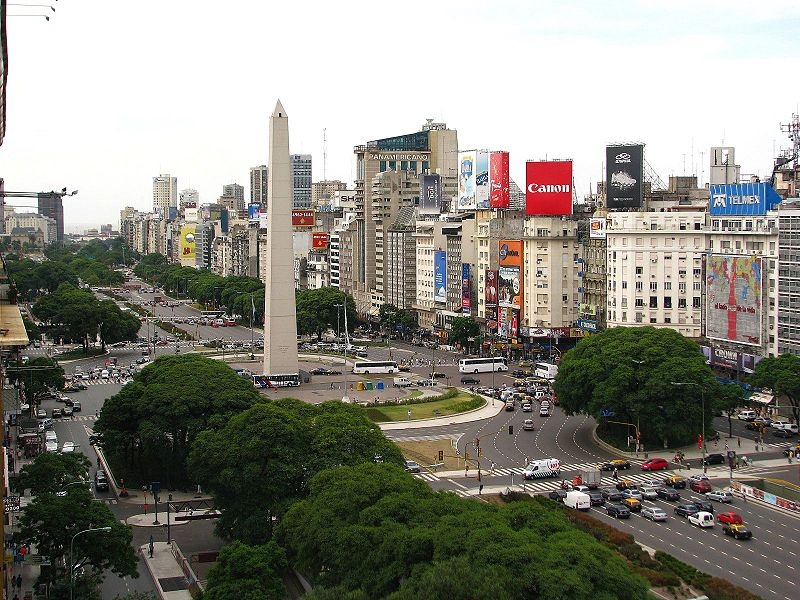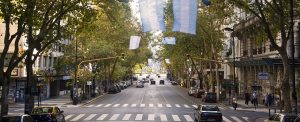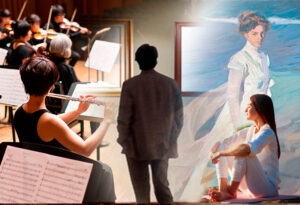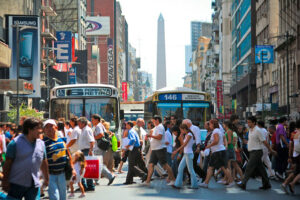
Un vistazo a la capital y la cultura de las ciudades circundantes/A Glimpse into the Capital and Surrounding Towns Culture
Por Jordan.
For my second entry, I’ll be talking about the differences between Caba (BsAs Capital) and the provincial area.
I’ve found that the capital is very similar to Toronto, a large diverse population, many different languages, and both have something all tourists want to see. Toronto has the CN Tower, and Caba has the Obelisk.
The provincial area is a lot more relaxed. The towns are still big, but with a lot less of a rushed feeling. There aren’t as many big buildings and business people running around. The towns are still full of diversity, but a different type, in the capital you will hear a lot of english and upperclass people around you. But in the Provincial area there are a lot of argentine working class people and from Bolivia, Uruguay, Paraguay, Venezuela, China and a few from Eastern Europe.
The Provincial area has a very large Italian and french influence. From the food, coffee or mate with croissants or a few biscuits for breakfast, any kind of pasta or steak for lunch, and dinner could be anything from pizza to empanadas to rice and leftovers from lunch. Whereas in the capital a lot of people eat takeout, its convenient and a lot of apartments don’t have ovens. Another large Italian influence in the Provincial area is how jovial people are, you can be walking down the street and hear latin music as well as people hollering from the balconies to one another.
A large tourist spot in CABA where I heard a lot of english speakers is Cementerio de la Recoleta, a famous cemetery in Recoleta, a neighbourhood in the capital. It’s famous for its beautiful monuments to noble people including Admiral William Brown, an Irishman that founded the Argentine Navy, Eva Perón, the wife of former president Juan Domingo Peron, as well as famed and controversial presidents, writers, artists, army generals and entertainers. It’s known as one of the best cemeteries in the world.
An equivalent tourist spot in the Provincial area is Basilica De Luján (Basilica of Our Lady of Luján), a Roman Catholic church of neogothic style in the city of Luján, built in the honour of the Virgin of Luján, the patron saint of Argentina. It’s a great spot to visit if you are religious or just enjoy beautiful architecture. There is an annual pilgrimage to the temple in the Feast day, May 8th, people from the capital as well as other cities take the long 40+ mile walk to the shrine to show their Catholic faith and dedication.
Even though the Provincial area isn’t as popular for tourism, it holds the true Argentinian feeling, walking through the streets, listening to the parrots and the music, seeing people sitting on their balconies drinking mate and talking to their neighbours, smelling the food from the parrilla (a small restaurant half outside where you can sit, have a drink and eat great barbecue), and seeing Argentinian flags everywhere you go.
You feel the Argentine pride a lot more outside of the capital. The capital is great for going to see plays, museums, clubbing, getting to know the Argentina history from all of the ancient buildings and stories that come with them. It definitely is the best place to go to start your journey through Argentina.
Para mi segunda entrada, hablaré sobre las diferencias entre Caba (BsAs Capital) y el área provincial. Descubrí que la capital es muy similar a Toronto, una gran población diversa, muchos idiomas diferentes, y ambos tienen algo que todos los turistas quieren ver. Toronto tiene la Torre CN, y CABA tiene al Obelisco.
El área provincial es mucho más relajada. Las ciudades siguen siendo grandes, pero con una sensación mucho menos apresurada. No hay tantos edificios grandes y gente de negocios corriendo. Las ciudades están llenas de diversidad, pero de un tipo diferente, en la capital escucharás a mucha gente de clase alta y en inglés a tu alrededor. Pero en el área Provincial hay mucha gente de clase trabajadora, de Bolivia, Uruguay, Paraguay, Venezuela, China y de algunos de Europa del Este.
La zona provincial tiene una gran influencia italiana y francesa. Desde la comida, el café o el mate con croissants o unas galletas para el desayuno; cualquier tipo de pasta o bistec para el almuerzo, y la cena puede ser cualquier cosa, desde pizza hasta empanadas y arroz y sobras del almuerzo. Mientras que en la capital mucha gente come comida para llevar, y muchos apartamentos no tienen hornos. Otra gran influencia italiana en el área Provincial es lo jovial que es la gente, puedes caminar por la calle y escuchar música latina, así como gente que conversa desde los balcones.
Un gran lugar turístico en CABA, donde escuché a muchos angloparlantes, es el Cementerio de la Recoleta, un famoso cementerio en Recoleta, un barrio de la capital. Es famoso por sus hermosos monumentos a personas nobles como el almirante Guillermo Brown, un irlandés que fundó la Armada Argentina, Eva Perón, la esposa del ex presidente Juan Domingo Perón, así como presidentes, escritores, artistas, generales del ejército y artistas famosos y polémicos. Es conocido como uno de los mejores cementerios del mundo.
Un lugar turístico equivalente en el área Provincial es la Basílica de Luján (Basílica de Nuestra Señora de Luján), una iglesia católica romana de estilo neogótico en la ciudad de Luján, construida en honor a la Virgen de Luján, la patrona de Argentina. Es un gran lugar para visitar si eres religioso o simplemente disfrutas de su hermosa arquitectura. Hay un peregrinaje anual al templo el día de la fiesta, el 8 de mayo, la gente de la capital y otras ciudades toman la caminata de más de 40 millas hacia el santuario para mostrar su fe y dedicación católica.
A pesar de que el área Provincial no es tan popular para el turismo, mantiene el verdadero sentimiento argentino, caminando por las calles, escuchando a los loros y la música, viendo a personas sentadas en sus puertas bebiendo mate y hablando con sus vecinos, oliendo la comida de la parrilla (un pequeño restaurante a mitad de la calle donde puedes sentarte, tomar una copa y comer una gran barbacoa), y ver banderas argentinas por todos lados.
Sientes el orgullo argentino mucho más fuera de la capital. La capital es ideal para ver obras de teatro, museos, clubes, conocer la historia de Argentina de todos los edificios antiguos e historias que vienen con ellos. Definitivamente es el mejor lugar para comenzar su viaje por Argentina.

Jordan, es un escritor y viajero canadiense, viviendo actualmente en Buenos Aires.
Otros artículos del autor:

My 5 favourite foods in Argentina/Mis 5 comidas favoritas en Argentina


